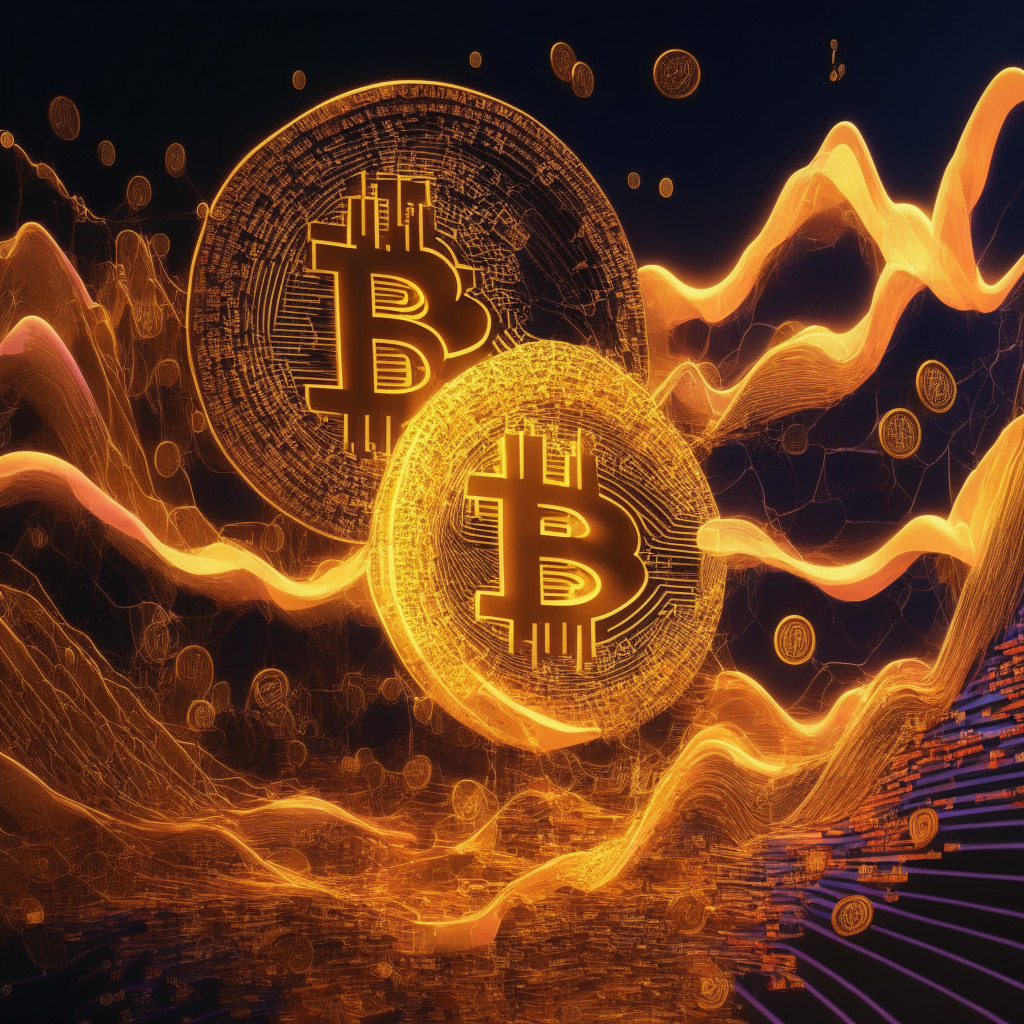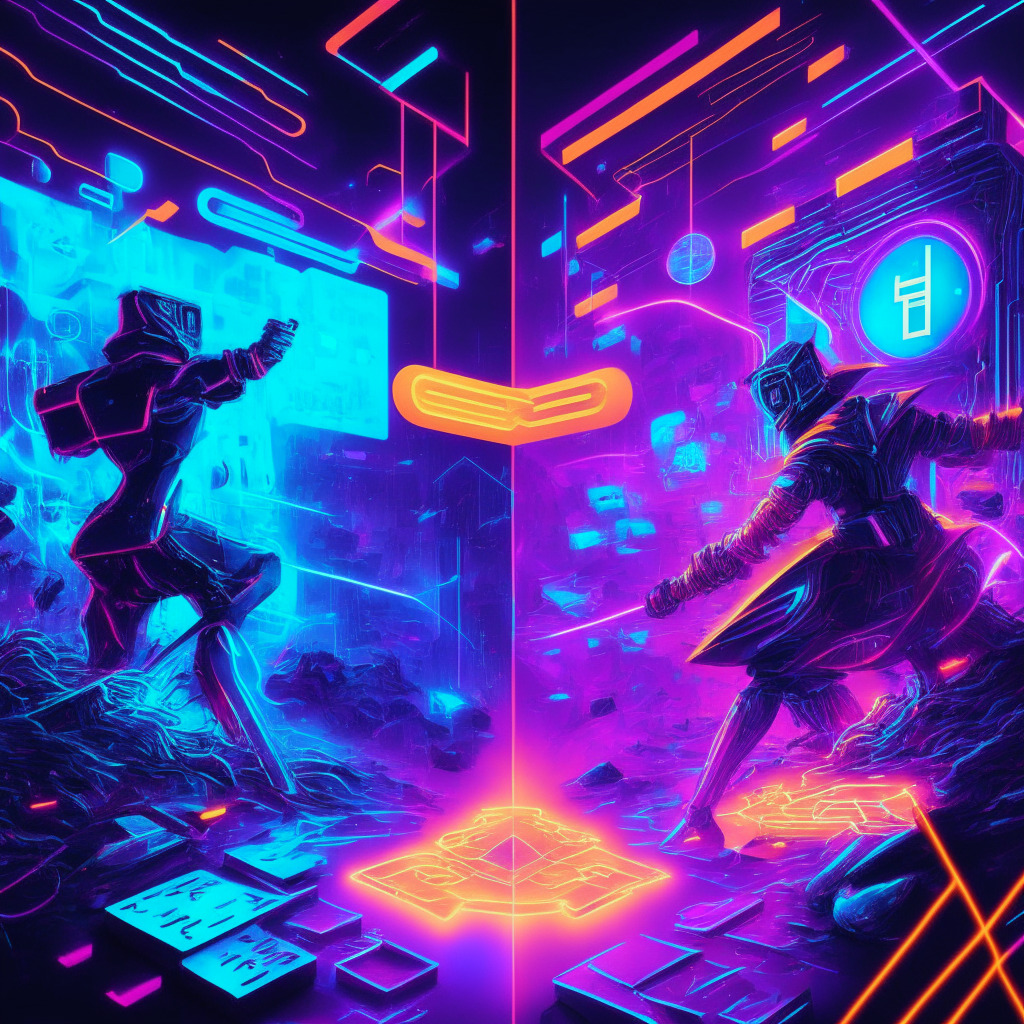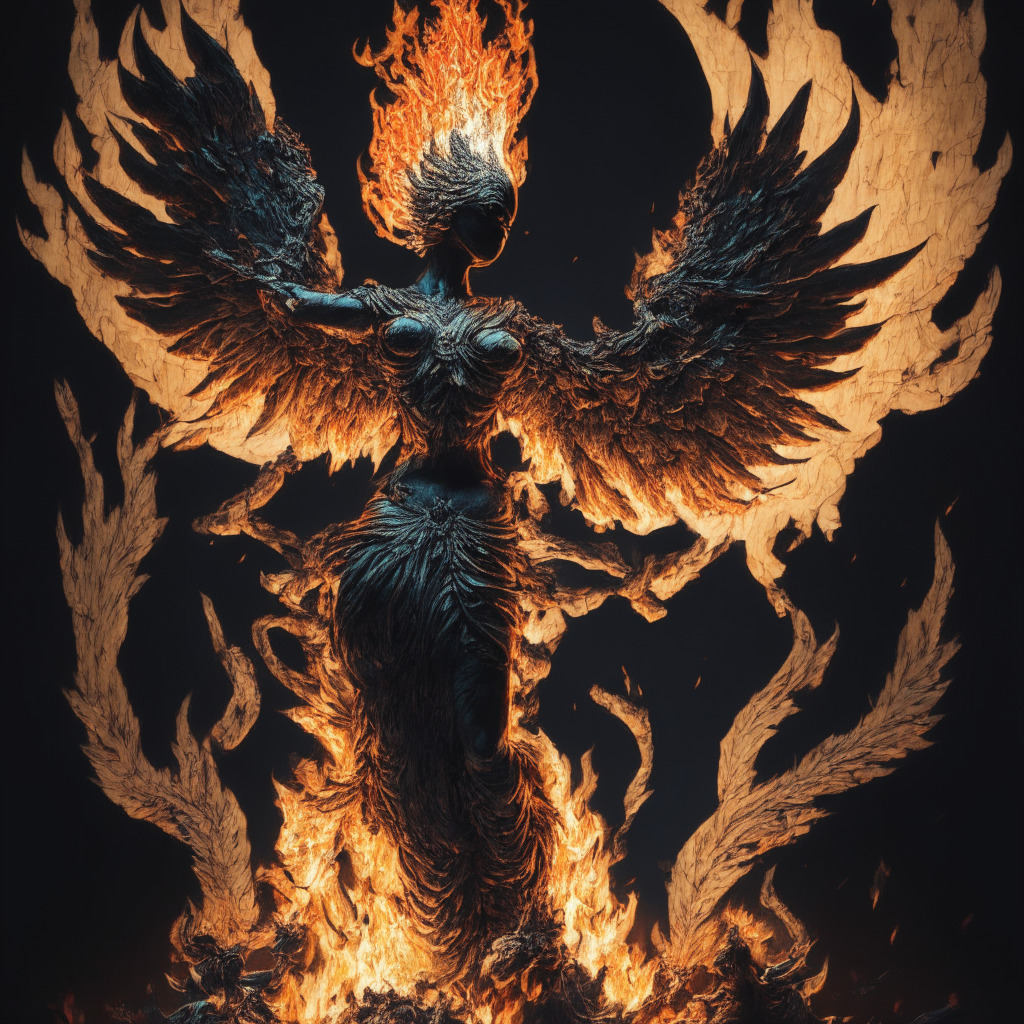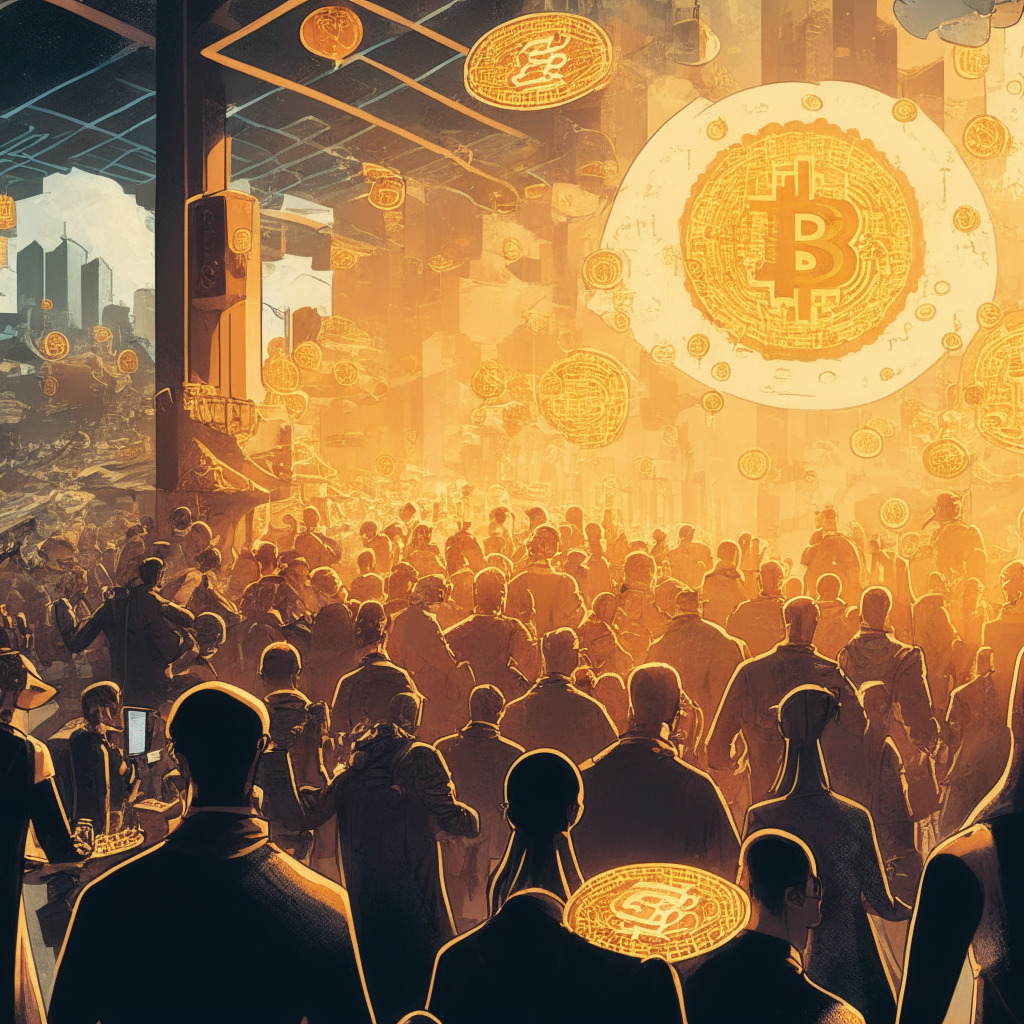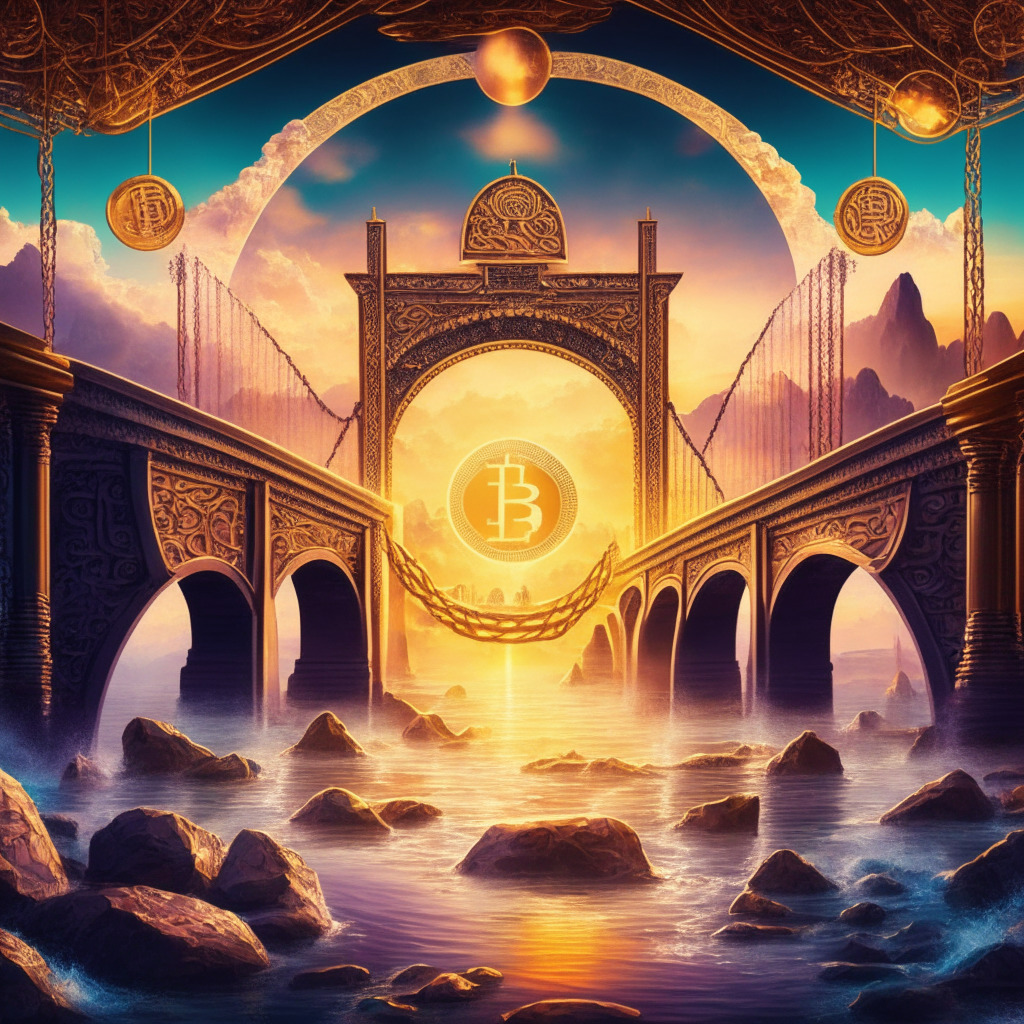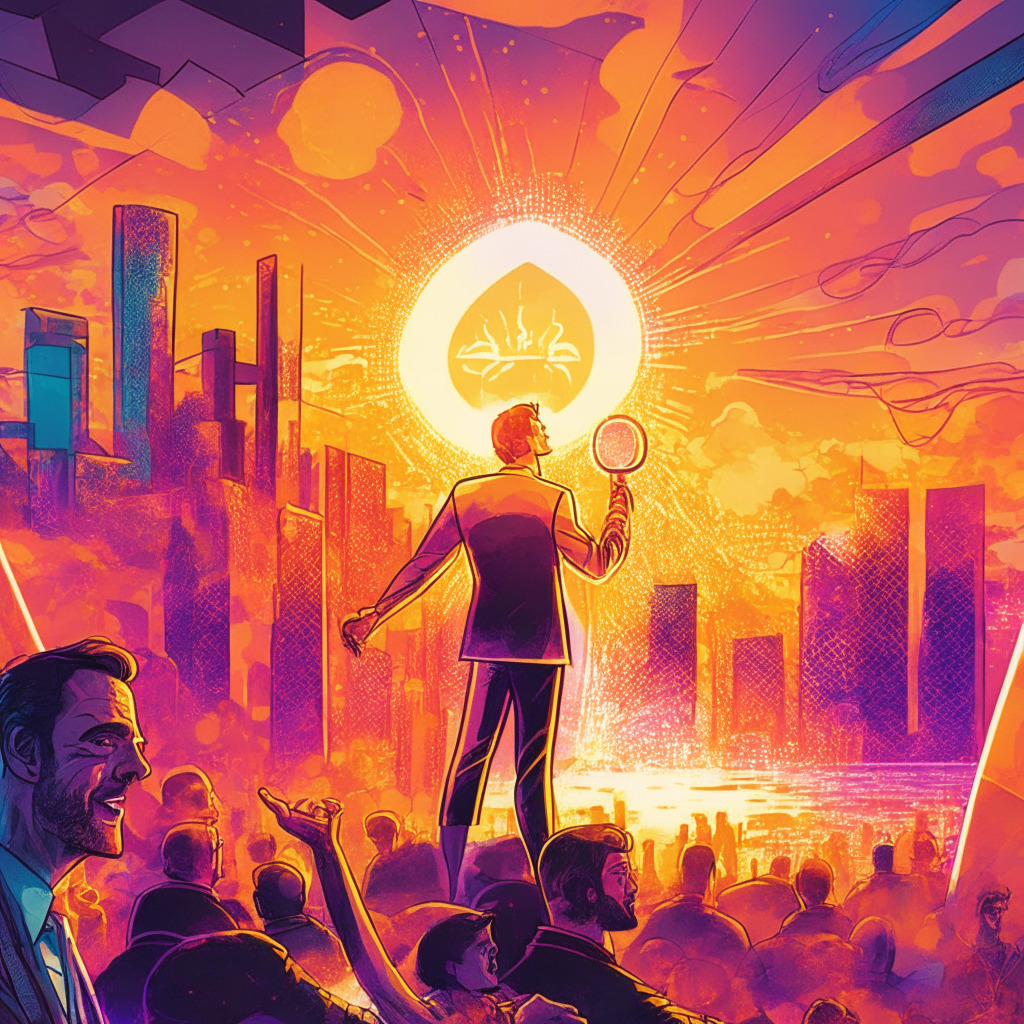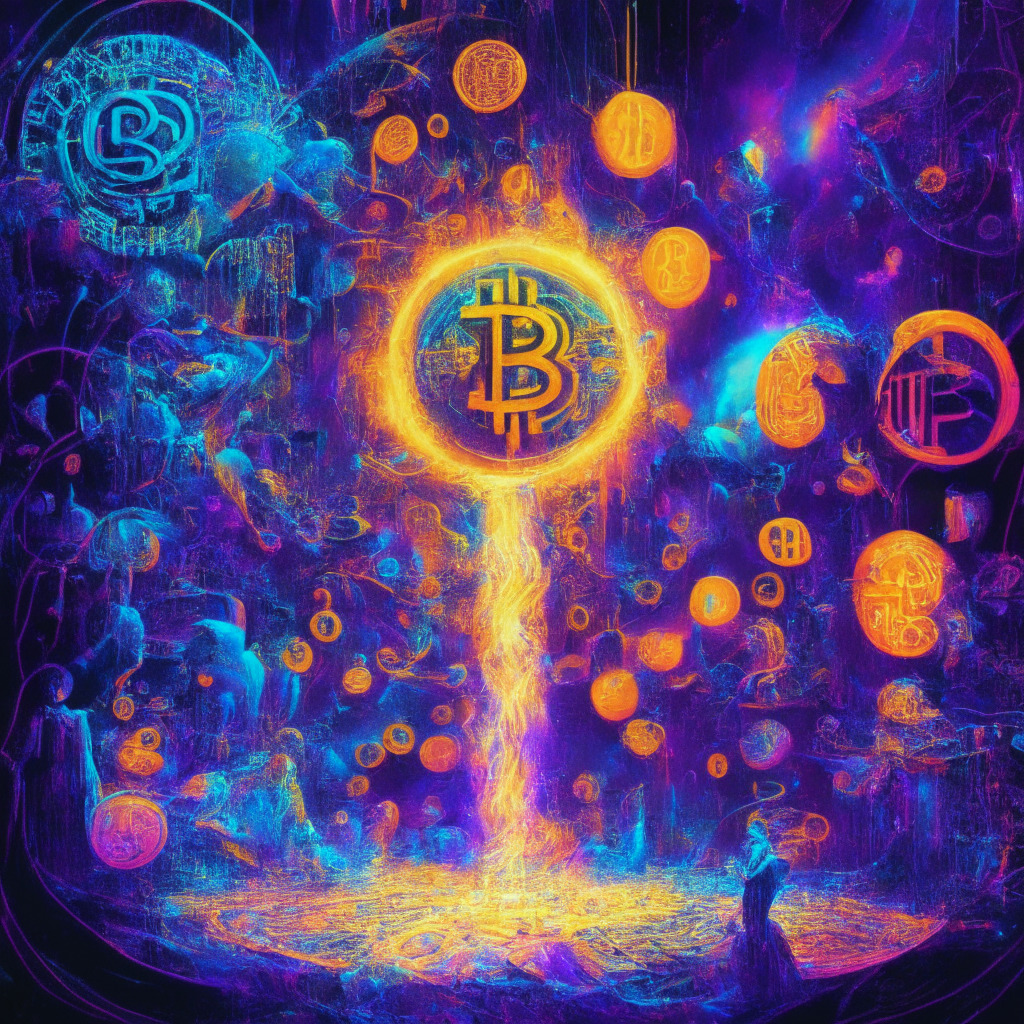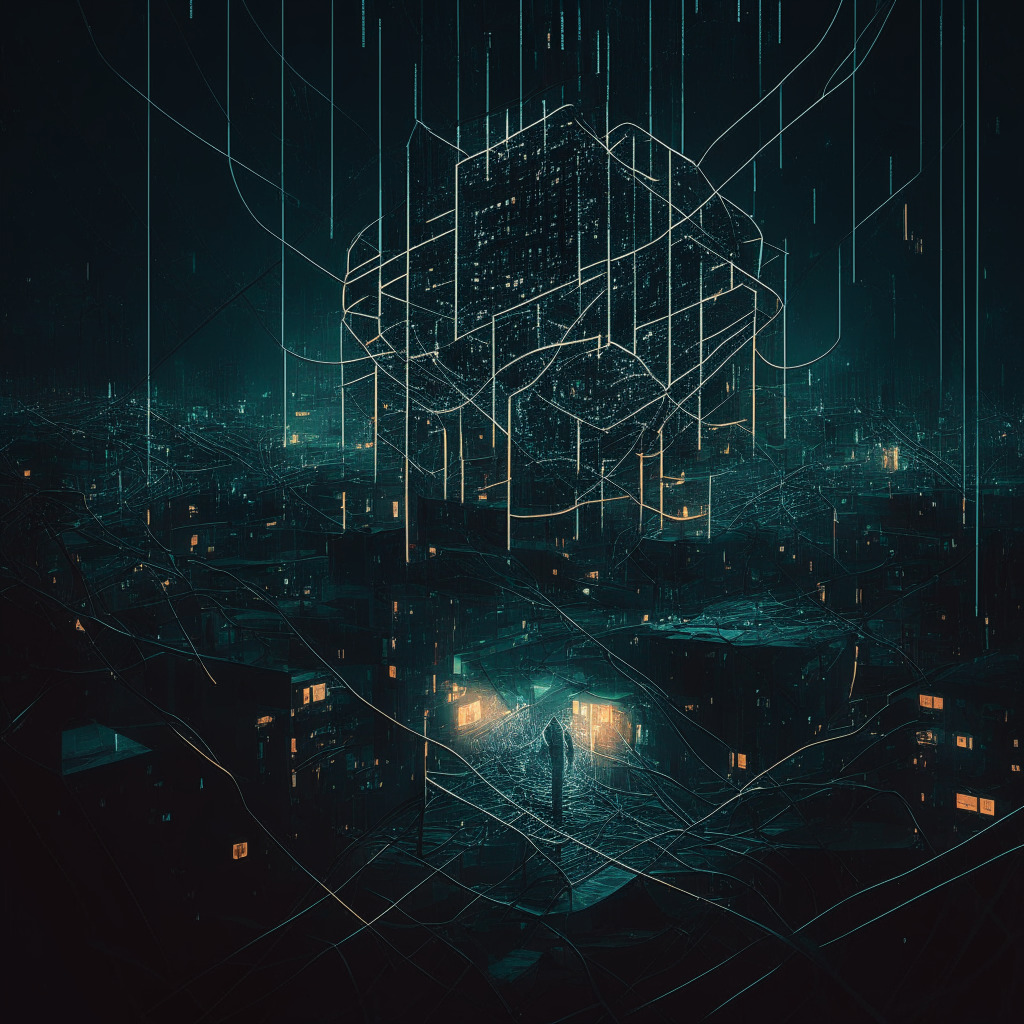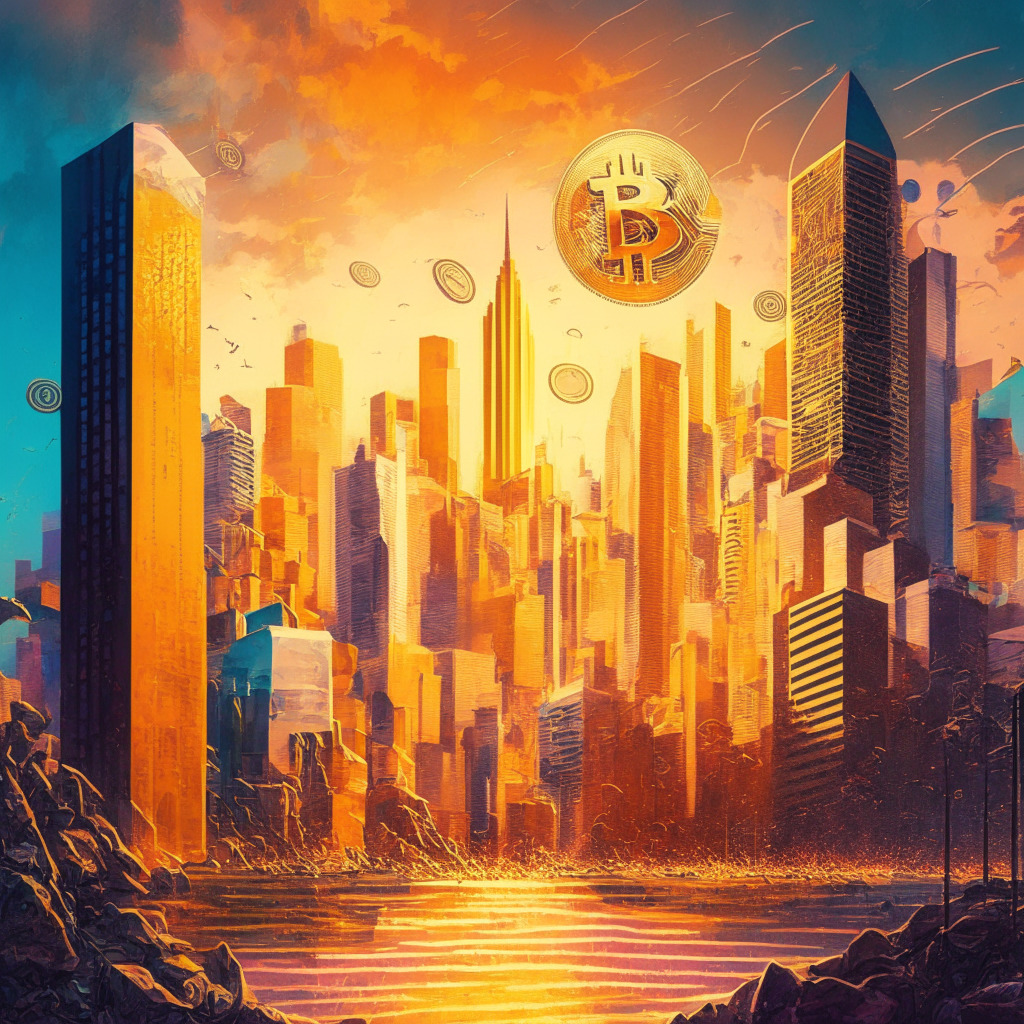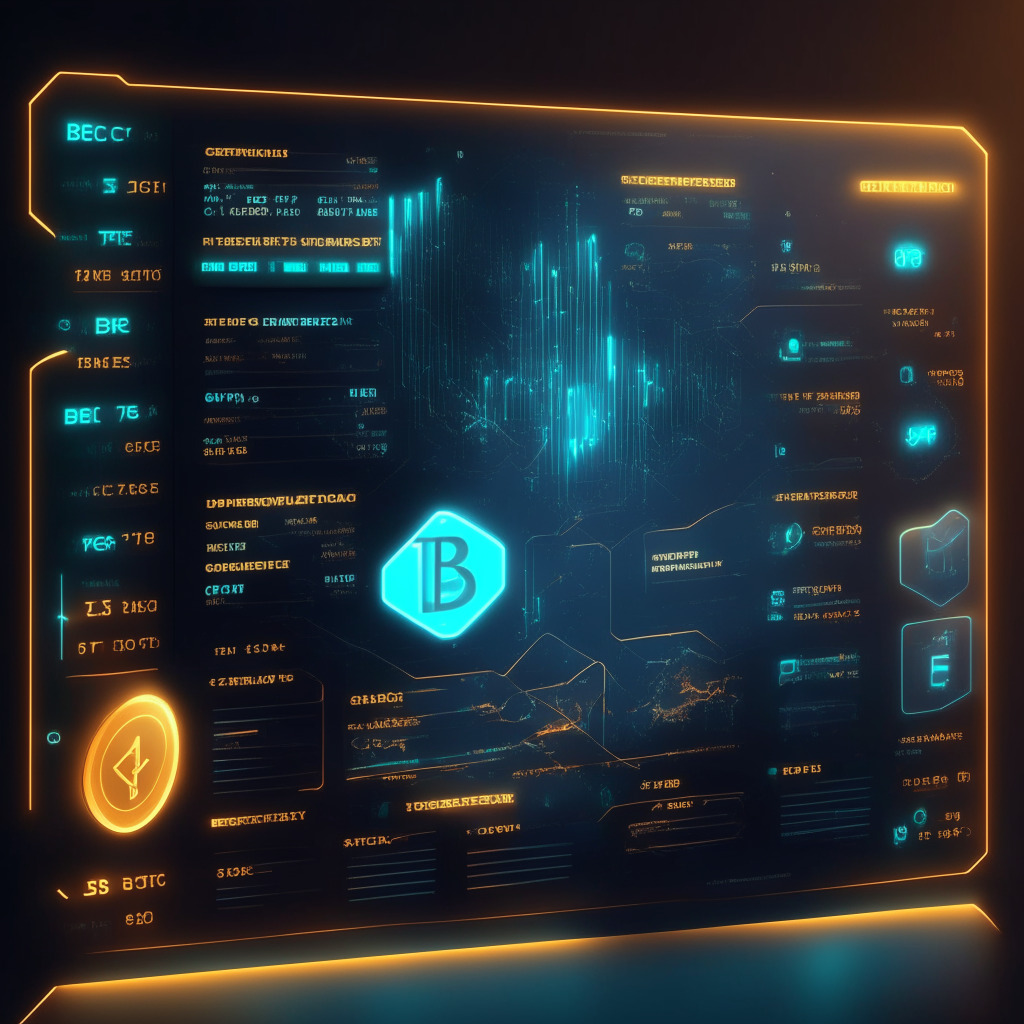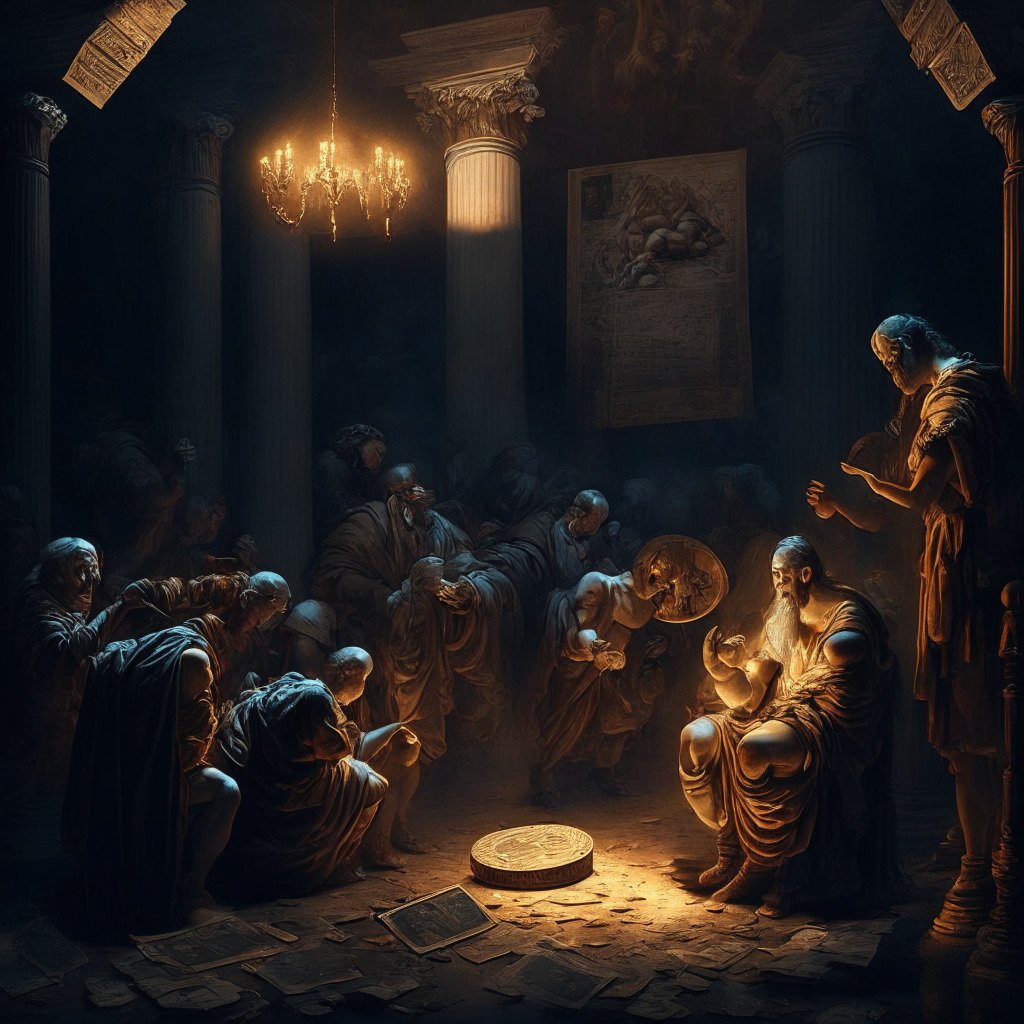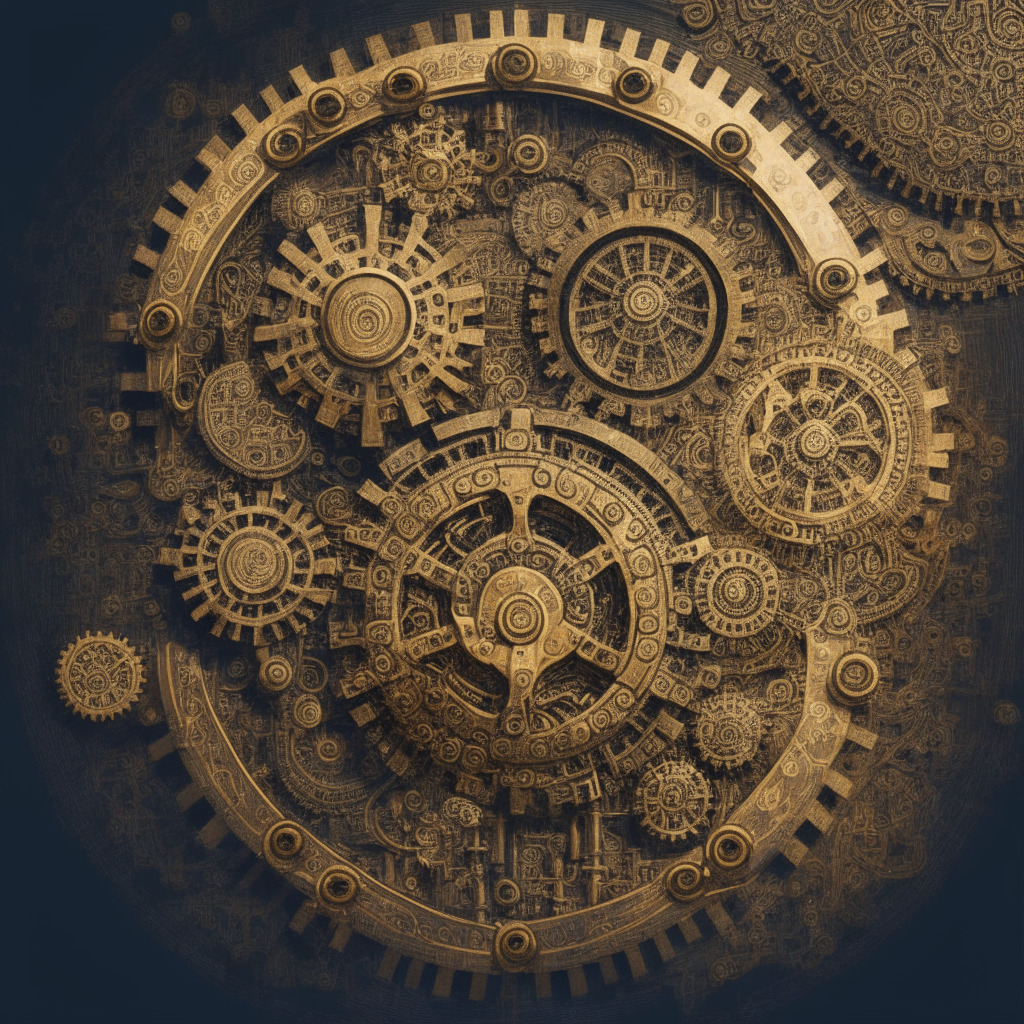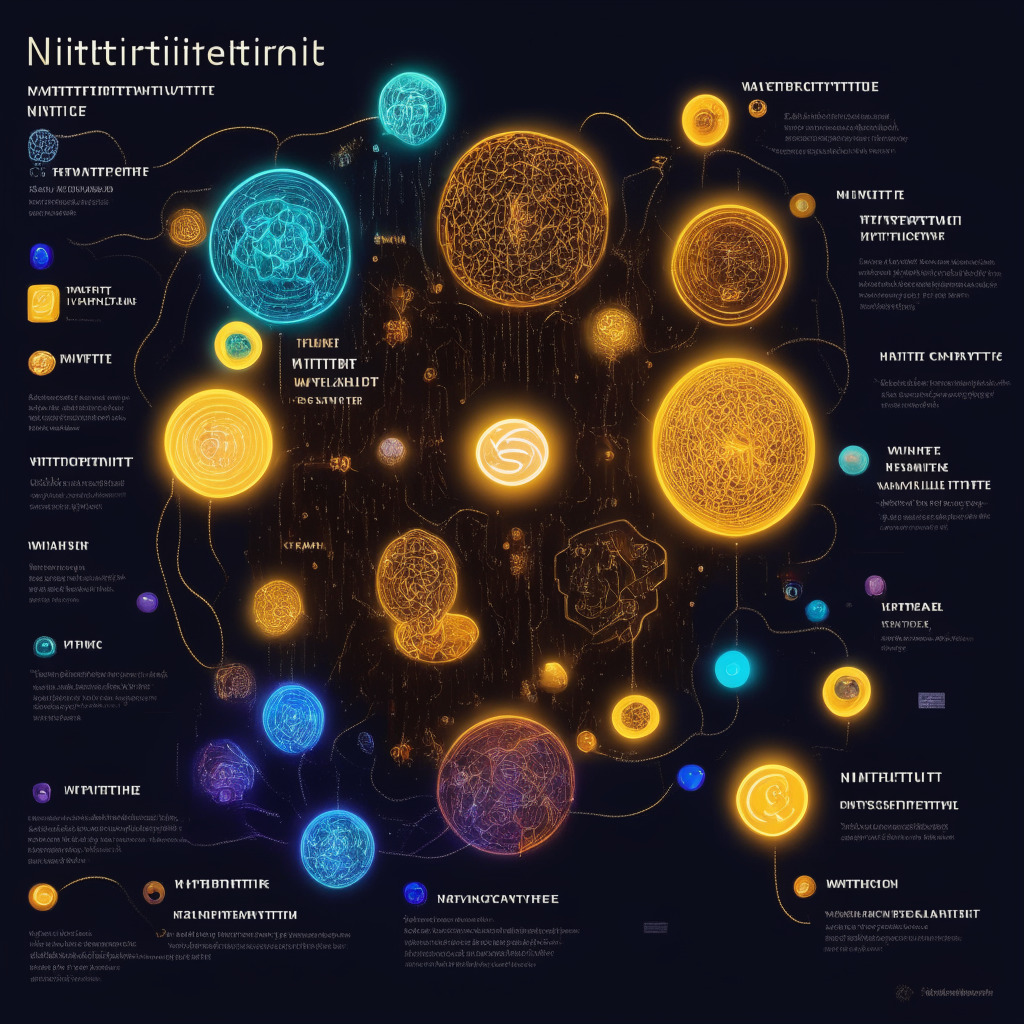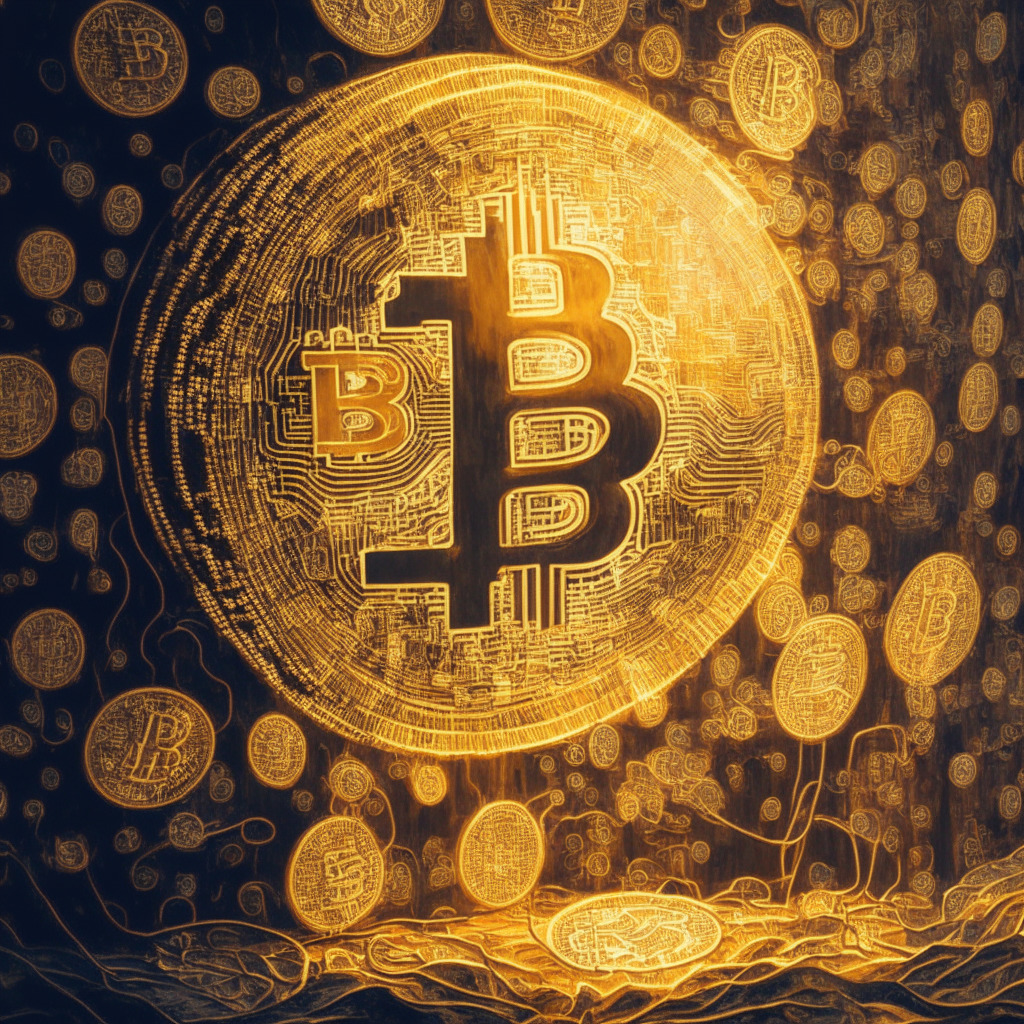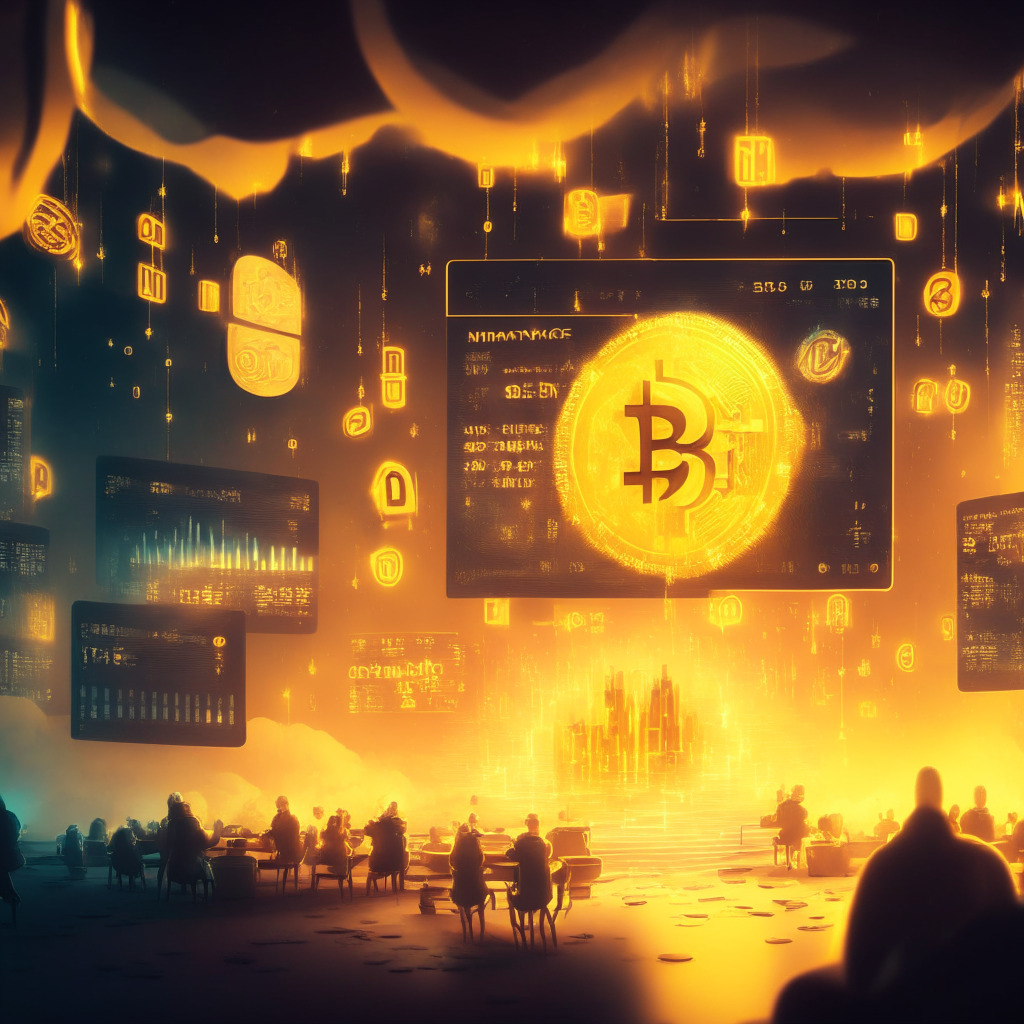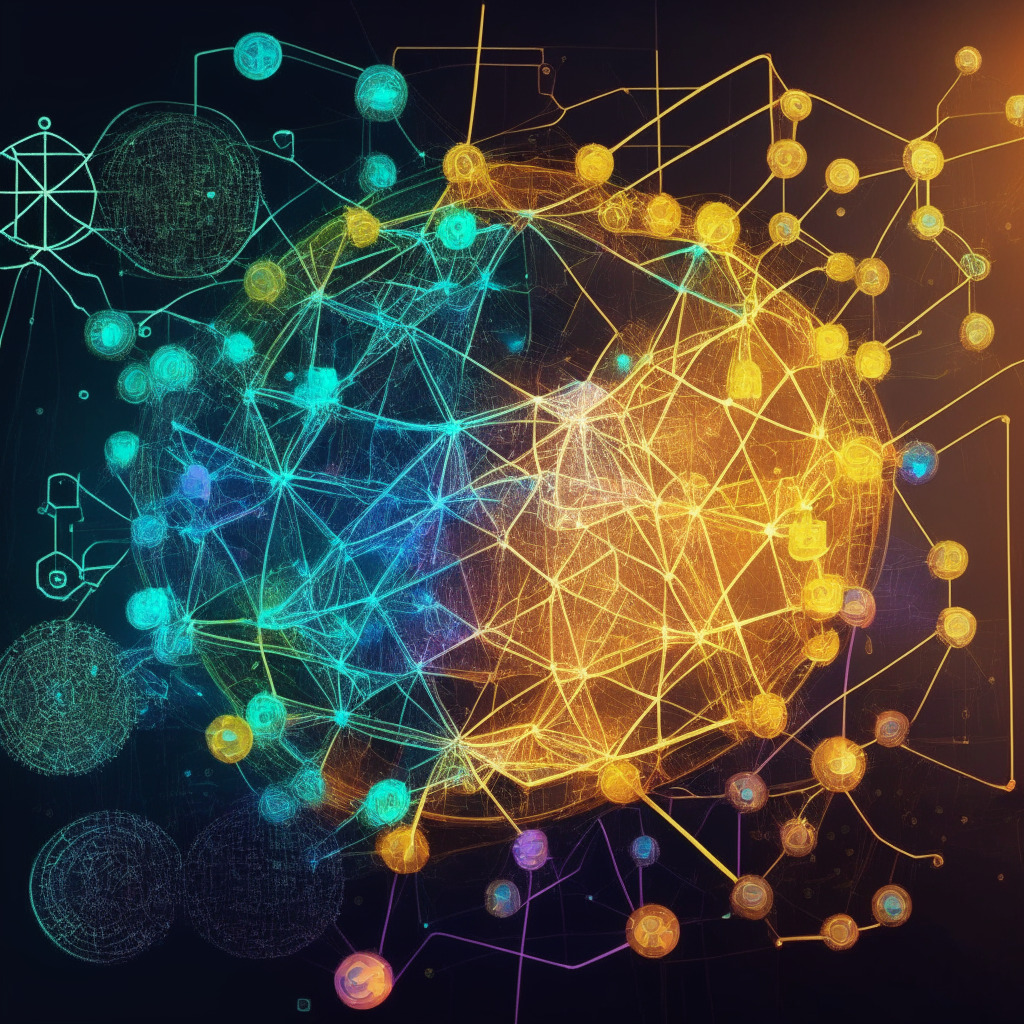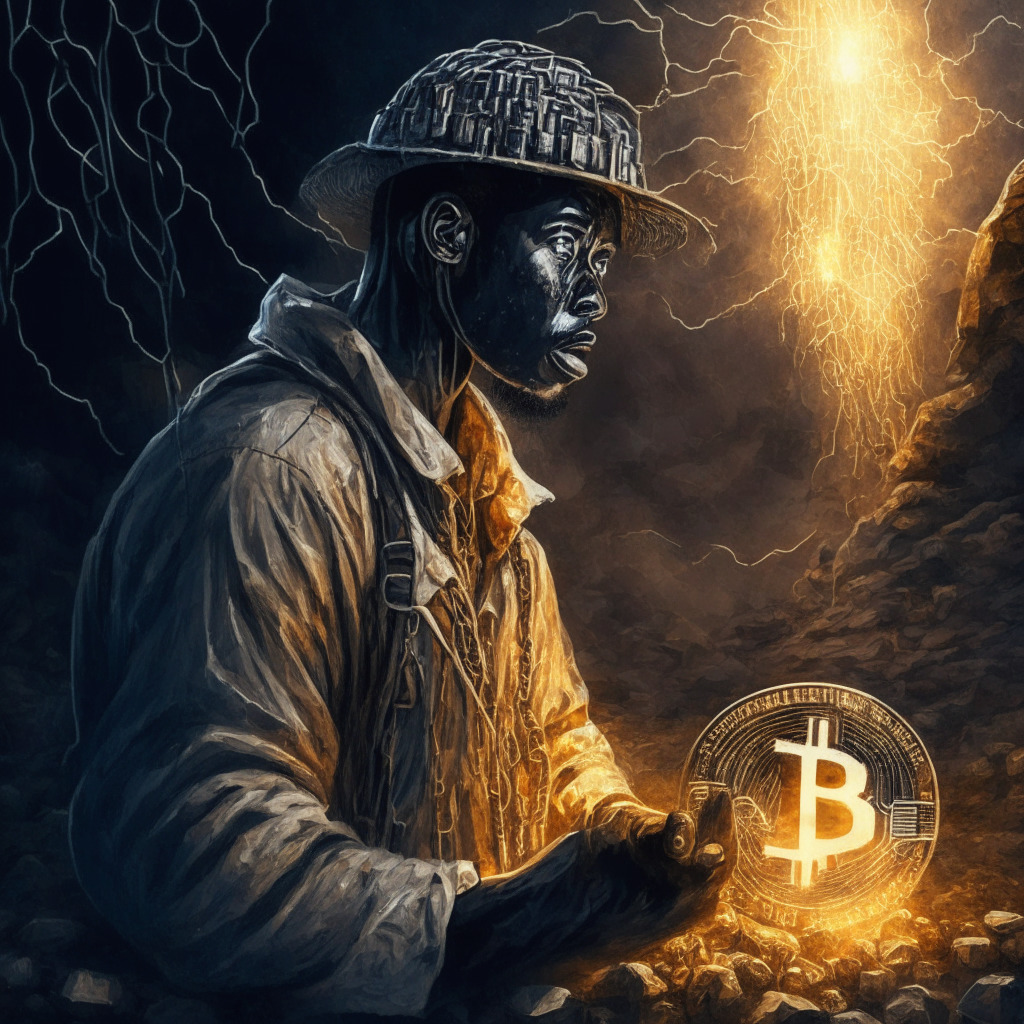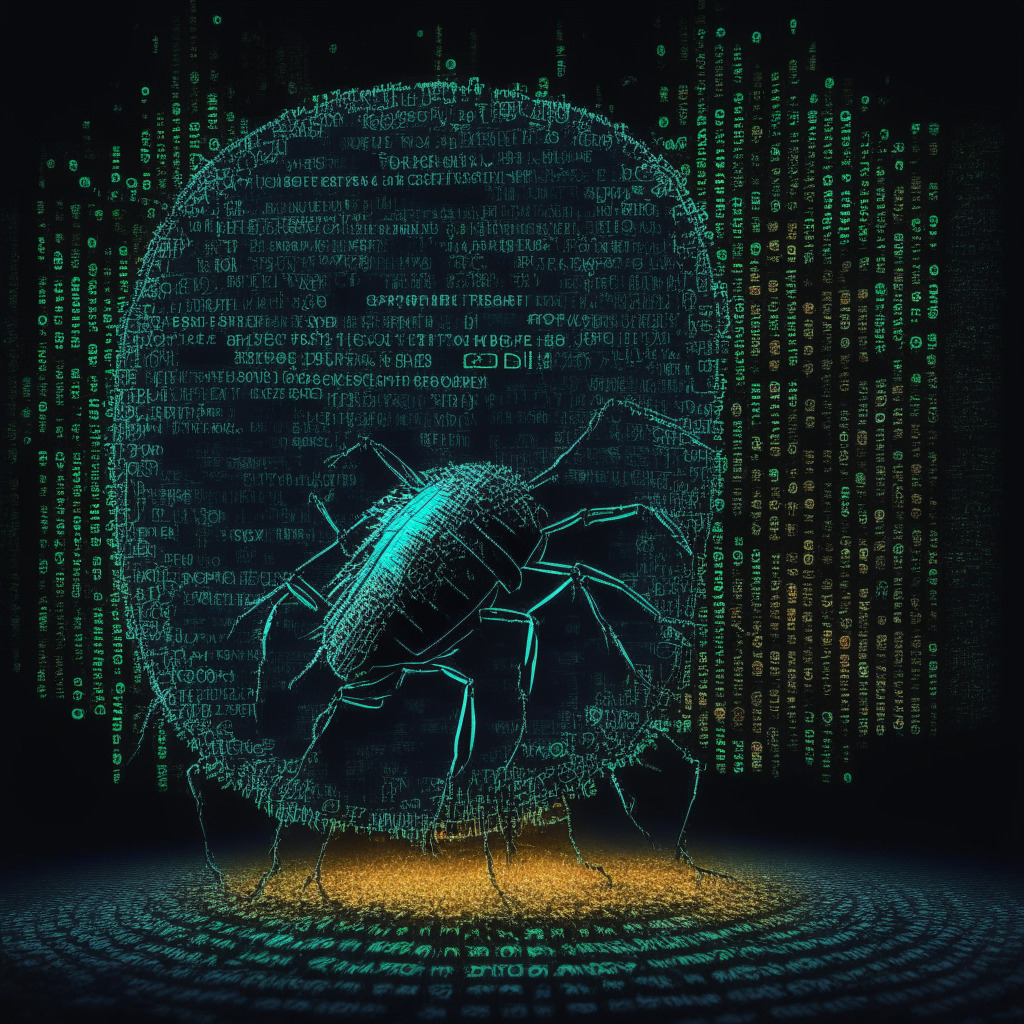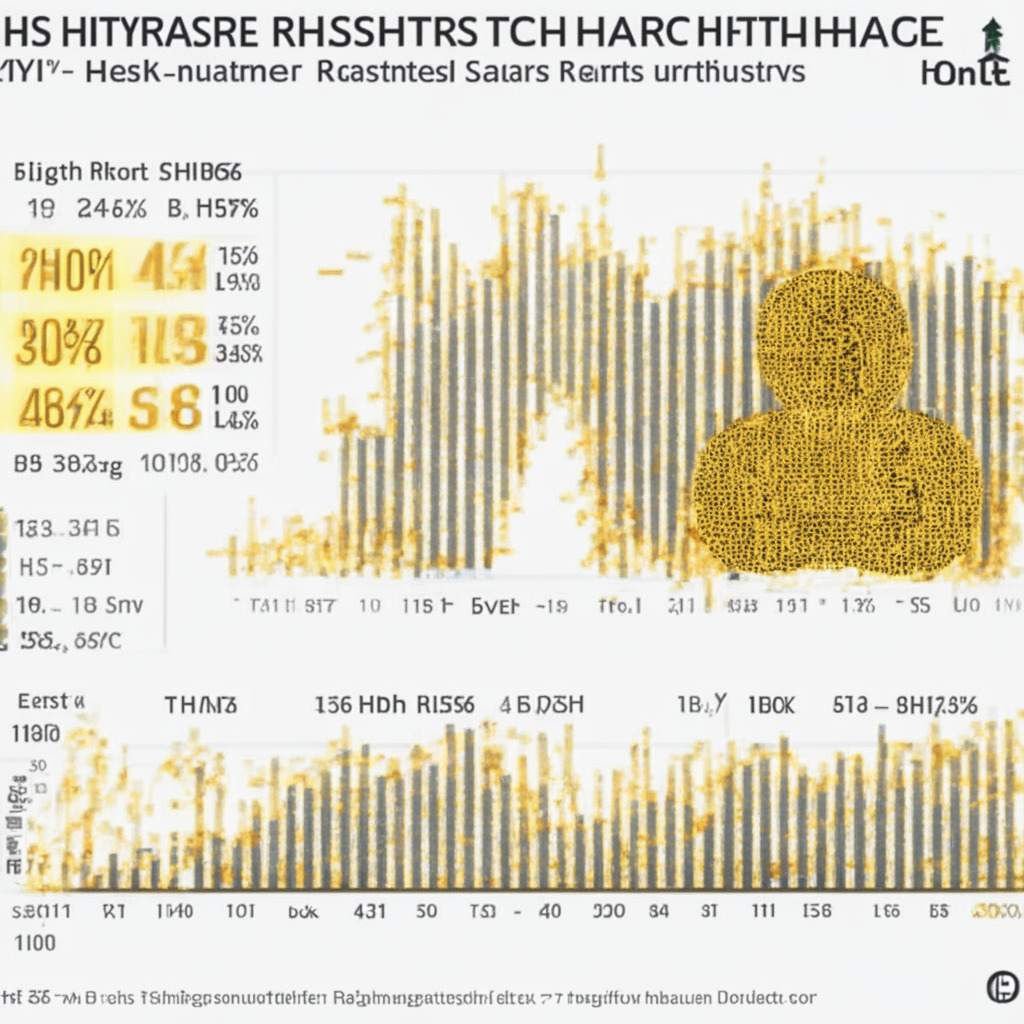“Ordinals, a method of registering digital content on the Bitcoin network, are seen as disruptive by some. However, analytics firm Glassnode finds little proof that they’re causing network congestion. Despite concerns, these bitcoin ‘pocket fillers’ seem to coexist with other money transfers, leveraging cheap block space without greatly impacting transfer volumes.”
Search Results for: Ordinals
Bitcoin Ordinals: Evaluating Impact on Network Efficiency Amid Rising Concerns
“The recent rise of Bitcoin Ordinals, a data inscription system, has raised concerns about network clogging and its impact on higher-value transactions. Contrary to this belief, a report by Glassnode found that inscriptions only occupy a fifth of Bitcoin’s transaction fees, indicating efficient blockspace use rather than significant displacement. However, Bitcoin Ordinals have amplified the demand for blockspace and operation costs for miners, potentially challenging miners’ profitability.”
Convulsions in Crypto: Bitcoin Ordinals’ Plummet, OpenSea’s Dutch-stop, and Frend.tech’s Rapid Growth
“Significant fluctuations in the crypto world have been noted, with Bitcoin Ordinals experiencing a drop in trading volume and OpenSea disabling its on-chain royalty enforcement tool. Meanwhile, new decentralized social media platform, Frend.tech, has seen rapid growth, raising queries about its sustainability.”
Bitcoin Ordinals NFT’s Harsh Reversal: Temporary Setback or Systemic Problem?
“Bitcoin Ordinals nonfungible token user activity saw a 98% decrease since May, going from $452 million to $3 million as of August 14. This calls into question the longevity and relevance of Bitcoin Ordinals in the NFT market. However, its place in the NFT landscape and its future response to the growing divide over trading fee preferences remain to be seen.”
Unveiling the Open Ordinals Institute: A Game-Changer for NFTs and Blockchain?
The Open Ordinals Institute, a non-profit committed to nurturing the development of nonfungible tokens (NFTs) on Bitcoin, aims to provide funding to developers of the Ordinals protocol. However, concerns arise about how centralizing efforts might affect the democratic openness that supports crypto growth. Interestingly, the Ordinals protocol’s growth could revolutionize not just NFTs on Bitcoin, but the whole crypto industry.
Navigating the Bitcoin Ordinals Boom: The Rise of BRC-69 and the Challenges Ahead
“The Bitcoin Ordinals, a method of creating Bitcoin NFTs, has increased significantly with the release of the BRC-69 token standard. Promising a 90% reduction in inscription costs, it simplifies the process down to just a single line of text. Despite recent volatility, this development continues to attract investor interest.”
Ethscriptions vs Bitcoin Ordinals: The Battle for NFT Creation Supremacy
A new protocol called “Ethscriptions” has landed on Ethereum, offering an affordable and decentralized way to create non-fungible tokens (NFTs) and digital assets on the blockchain. Developed by Genius.com co-founder Tom Lehman, Ethscriptions utilizes Ethereum’s “calldata” in smart contracts for a more affordable minting process.
CryptoPunk Burned and Linked to Bitcoin: NFTs, Ordinals, and Ownership Debates
CryptoPunk #8611, a highly-priced Ethereum NFT, was burned and symbolically linked to a Bitcoin Ordinals inscription. This community-led effort from Bitcoin enthusiasts showcases the growing popularity and dynamic potential of NFTs and Bitcoin, raising questions about asset ownership and legitimacy.
Bitcoin’s Fee Spike and Ordinals Protocol: Innovation or System Abuse?
The Bitcoin network’s transaction fees have surged due to the new “Ordinals” protocol, enabling non-fungible tokens and other applications. This has led to debates among developers regarding its impact on the network’s functionality, congestion, and the balance between innovation and transaction moderation.
Bitcoin Mining Difficulty Soars: Impact of Ordinals Protocol and Upcoming Halving Dilemma
Bitcoin mining difficulty is set to reach a new record high of 50.91 trillion, reflecting the growing number of mining machines. This surge occurs alongside the Bitcoin network’s hashrate rally and increased network fees, resulting in boosted profitability for miners. With the Ordinals protocol enabling NFTs and BRC-20 tokens on the Bitcoin blockchain, demand for block space increases, maintaining high network fees and incentivizing more miners to join.
BRC-721E: Bridging Ethereum NFTs to Bitcoin’s Ordinals – Future Potential and Challenges
The new BRC-721E token standard facilitates the migration of Ethereum-based NFTs onto Bitcoin, transforming ERC-721 NFTs into Ordinals. This allows users to transfer digital collectibles from Ethereum to Bitcoin using a bridging contract while preserving essential metadata and provenance.
Ethereum Meets Bitcoin: Ordinals Protocol Sparks Collaboration and Controversy
Ethereum developers show interest in Ordinals, a new protocol gaining attention in the Bitcoin community. OrdinalSafe, a self-custodial Bitcoin wallet, illustrates the growing convergence between the two crypto communities. However, some Bitcoiners question Ordinals’ potential network strain and increased transaction fees from BRC-20 tokens.
Bitcoin Ordinals and BRC-20 Tokens: Saylor’s Skepticism and Vision for Blockchain Future
At the Bitcoin 2023 conference, Michael Saylor discussed Ordinals, a concept similar to NFTs on the Bitcoin blockchain, expressing both skepticism and support for their potential use cases. He also addressed concerns about BRC-20 tokens and unregistered securities and advocated for a free-market approach without censoring transactions on the Bitcoin network.
Ordinals Protocol Shifts to Litecoin & Dogecoin: Impact on Network Activity and Future Challenges
The Ordinals protocol, initially aimed for the Bitcoin network, has shifted to Litecoin and Dogecoin, resulting in a significant increase in transaction volume on both networks. The introduction of LRC-20 and DRC-20 token standards allowed users to create new memecoins, driving network activity. Balancing benefits and drawbacks is essential for understanding this technology’s impact on the blockchain ecosystem.
Bitcoin Ordinals Boom: Surging Fees, Growing Popularity, and Unfolding Debate
The total network fees paid for Bitcoin Ordinal minting reached 1,414 BTC ($38.2 million) on May 20, a 700% increase from April 20. Bitcoin Ordinals, developed by cross-chain wallet BitKeep, assign unique numbers to Satoshis, enabling one-of-a-kind digital assets using Bitcoin. However, this approach comes with challenges and limitations, raising concerns over Bitcoin’s evolution and long-term impact on the blockchain ecosystem.
Mordinals: NFTs on Monero Blockchain – Risks, Privacy Concerns & Future Prospects
The rise of Mordinals, nonfungible tokens (NFTs) on the Monero blockchain, has sparked concerns within the Monero community about potential risks to privacy, decentralization, and illegal usage. Despite these concerns, proper interventions and approaches can maintain user privacy while allowing NFTs to thrive on Monero without compromising its core principles.
Bitcoin Market Uncertainty: Symmetrical Triangle, MicroStrategy’s Ordinals, and Coin Cafe Fallout
Bitcoin faces uncertainty amidst a symmetrical triangle and price action within $26.5K-$27.5K range. Factors impacting its direction include the recent Bitcoin 2023 Conference, potential adoption of Bitcoin Ordinals by MicroStrategy, and punitive actions against Coin Cafe.
Surge in Litecoin’s Popularity: The Ordinals Boom and Its Challenges
The rising interest in Ordinals, similar to NFTs, has led to a surge in Litecoin’s blockchain activity and value. The introduction of Ordinals to Litecoin’s blockchain has garnered significant attention, with over 2.6 million Litecoin Ordinals inscribed. However, potential drawbacks like short-lived popularity and environmental impact warrant scrutiny.
OKX Wallet to Offer Ordinals Trading: Pros, Cons, and Future Implications
OKX announces plans to offer Ordinals trading within its wallet by June, aiming to provide users with the ability to mint and trade Bitcoin Ordinals. Despite challenges in adoption, accessibility, and market unpredictability, OKX is working to simplify and support the expanding use cases of Bitcoin.
Bitcoin Ordinals and BRC-20 Tokens: Boon or Bane for Crypto Adoption?
The recent hype over Bitcoin Ordinals and BRC-20 tokens has caused concerns over sustainability due to increased transaction fees and network congestion. JAN3 CEO Samson Mow views these tokens as short-term money grabs, stressing the Bitcoin network and undermining its core function as a reliable, cost-effective means of exchange.
Bitcoin Plunges Amid Dollar Strength and Slowing Ordinals: Crypto Market at Risk?
Bitcoin drops to a two-month low of $26,188 amid rising dollar strength and slowdown in Ordinals hype. The entire crypto market reported a 3% loss, with total liquidations reaching $143 million. Despite these events, it’s crucial for crypto enthusiasts to focus on the potential advantages of blockchain technology and foster an informed community.
Bitcoin Network Congestion: Ordinals Boom Benefits Miners, But At What Cost?
The Bitcoin network faces congestion due to increased demand for Ordinals, a feature allowing digital assets to be inscribed on the blockchain. This has raised miners’ daily revenue to $40 million, but also sparked concerns about network slowdowns and increased transaction costs. Experts predict hype around Ordinals will eventually die down, regulating itself.
Bitcoin Ordinals: Opportunities vs Network Challenges and Security Risks
The growing popularity of Bitcoin Ordinals, enabling users to add text, images, and code on a satoshi, has sparked debate within the Bitcoin community. Enthusiasts argue it brings opportunities and supports freedom of speech, while critics highlight impacts on network capacity, scalability, and security vulnerabilities. The community must weigh the implications of this emerging technology to determine if benefits outweigh potential risks.
Binance NFT Marketplace Expands: Supporting Bitcoin Ordinals and Its Impact on the Ecosystem
Binance NFT marketplace’s upcoming support for Bitcoin Ordinals aims to excite collectors, traders, and creators by simplifying purchases, providing royalty income, and fostering collaboration. Streamlining processes and offering more NFT options, Binance sets the stage for ecosystem growth, while addressing concerns about platform dependence and centralization.
Bitcoin Ordinals: Unleashing NFT Potential & Shaping Crypto Adoption
In a recent podcast, Michael Saylor discussed the impact of Ordinals on Bitcoin mining and adoption. Ordinals are digital assets written on a Satoshi, enabling the creation of NFTs on the Bitcoin blockchain. Top crypto firms like OKX and Binance are now supporting Bitcoin Ordinals, highlighting their potential to enhance Bitcoin’s capabilities and bring in new users.
Binance Expands NFT Marketplace with Bitcoin Ordinals: Boon or Bane for the Crypto World?
Binance plans to expand its NFT marketplace by supporting Bitcoin Ordinals or Bitcoin NFTs, offering wider trading options. While this move has potential benefits, it raises concerns of NFT market oversaturation, opposes decentralization, and highlights the risks associated with investing in new cryptocurrencies.
Binance’s Entry in Bitcoin-Based NFTs: Pros, Cons, and the Future of Ordinals Inscriptions
Binance announces support for Ordinals inscriptions on its NFT marketplace, marking its entry into the Bitcoin-based market. The update, scheduled for later this month, will allow users to purchase and trade inscriptions using Binance accounts, alongside Ethereum and BNB Chain NFTs.
Bitcoin Ordinals on the Rise: Exploring Pros, Cons, and Market Impact
Bitcoin non-fungible tokens (NFTs) gain popularity in the Web3 space, with major exchanges like Binance and OKX supporting them. The expansion of the multichain NFT ecosystem is vital for the broader cryptocurrency market but remains a controversial subject within the crypto community.
Bitcoin Ordinals Inscriptions: Boon to Crypto Innovation or Scalability Threat?
The rapid rise in Bitcoin Ordinals inscriptions showcases the adaptability and versatility of blockchain networks, as they evolve to support new asset classes and applications. However, concerns about network scalability, sustainability, and regulation emerge, requiring stakeholders to strike a balance between innovation and protection.
Exploring the Impact of Ordinals Protocol on Bitcoin Network Congestion and Skyrocketing Fees
A fortunate miner reaped nearly $200,000 in transaction fees due to the recent surge in blockchain activity related to the Ordinals protocol. With BRC-20 tokens gaining popularity, the Bitcoin network is pushed to its limits, causing high transaction fees and waiting times. Lightning Network emerges as a potential solution to address this issue, but concerns arise about the impact on financially disadvantaged users.
Uncovering the Bitcoin Ordinals Bug: Impact on NFTs and Transactions in Blockchain
Super Testnet, a software developer, discovered a bug in the Bitcoin Ordinals program that could affect inscriptions. Testing focuses on opposing inscription activities and design elaboration in the Bitcoin realm. The bug emerged amid a record 3 million Ordinals inscriptions and BRC-20 token standard launch, sparking extensive meme token creation and digital artwork collection on the Bitcoin blockchain.
Bitcoin Hash Rate Surge, Ordinals Popularity & Network Stability: Analyzing the Pros and Cons
The Bitcoin hash rate recently reached 439 EH/s, indicating network strength and growing global investments in mining infrastructure. Daily transactions now exceed 682,000, driven in part by the rising popularity of Bitcoin Ordinals, non-fungible tokens built on the Bitcoin network. The enhanced security from a higher hash rate and increased use of renewable energy addresses concerns of centralization and environmental impact.





